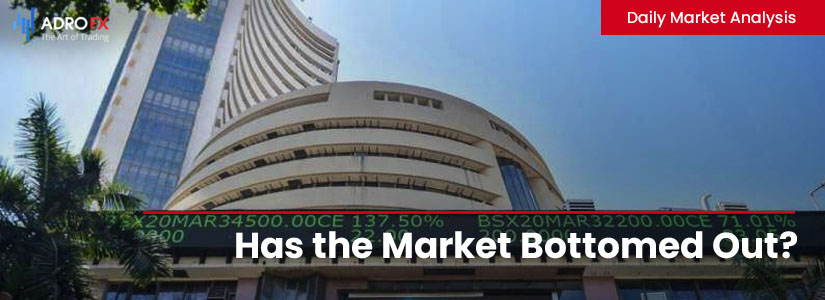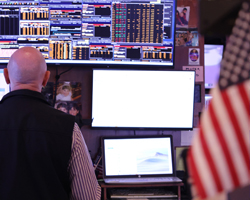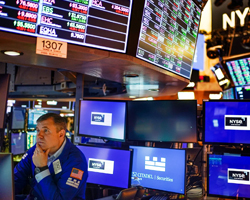Has the Market Bottomed Out? | Daily Market Analysis

Key events:
- USA – Core CPI (MoM) (Oct)
- USA – CPI (YoY) (Oct)
- USA – CPI (MoM) (Oct)
- USA – Initial Jobless Claims
The U.S. stock market rebounded strongly in October, with the S&P 500 index surging 8.8%. November started slightly less well, with the key U.S. index down 1.68% in the first five trading sessions. Nonetheless, it is obvious now that the large-scale sell-off seen in the stock market during the first nine months of 2022 has stopped, at least for the time being.
Even with the midterm elections in the USA, the stock market could get a fresh bullish momentum if the balance of power in the House or Senate changes. Also, in the past, stocks in the U.S. have typically rallied after elections regardless of the winner.
However, as usual, we should not get too excited about the current market phase. The same could be said about the excessive pessimism seen earlier this year. The main thing is always to act rationally and clearly.
Let's elaborate on that.
Looking at the dynamics of various asset sectors over the past period of the year, we can see that the oil and gas, commodities, and real estate sectors stood out against the general backdrop. Technology and telecom companies were among the outsiders.
So are we really dealing with a bear market or an (incredibly strong) correction in the long-term bull market that began in 2009?

As you can see in the chart above, stock valuations (in this case the P/E ratio for the S&P 500) averaged about 11.7 when the bear market bottomed. Now, however, that value is hovering around 16.7, which means that a higher valuation at the bottom of the market was only in 2002.
The important thing to keep in mind here is that the sharpest decline so far (if the October low really turns out to be final) has been about 27.6% - which is not insignificant, but not that terrible by historical standards.

Again, we have yet to see if the October low was a bottom for the market. Nonetheless, in recent months, I've started gradually investing in diversified ETFs and individual company stocks with an eye toward the long term.
Buying when everything is up is of course easier from a psychological standpoint. It's hard to buy when everything in the market is falling. Some may think you're crazy while the bear market continues, but eventually, you'll reap the benefits of those purchases.
As Carlyle Group co-founder David Rubenstein recently noted:
"You shouldn't be afraid to buy now. Huge fortunes in the investment world are often made through discount purchases."
Let's see if that phrase is true this time.









